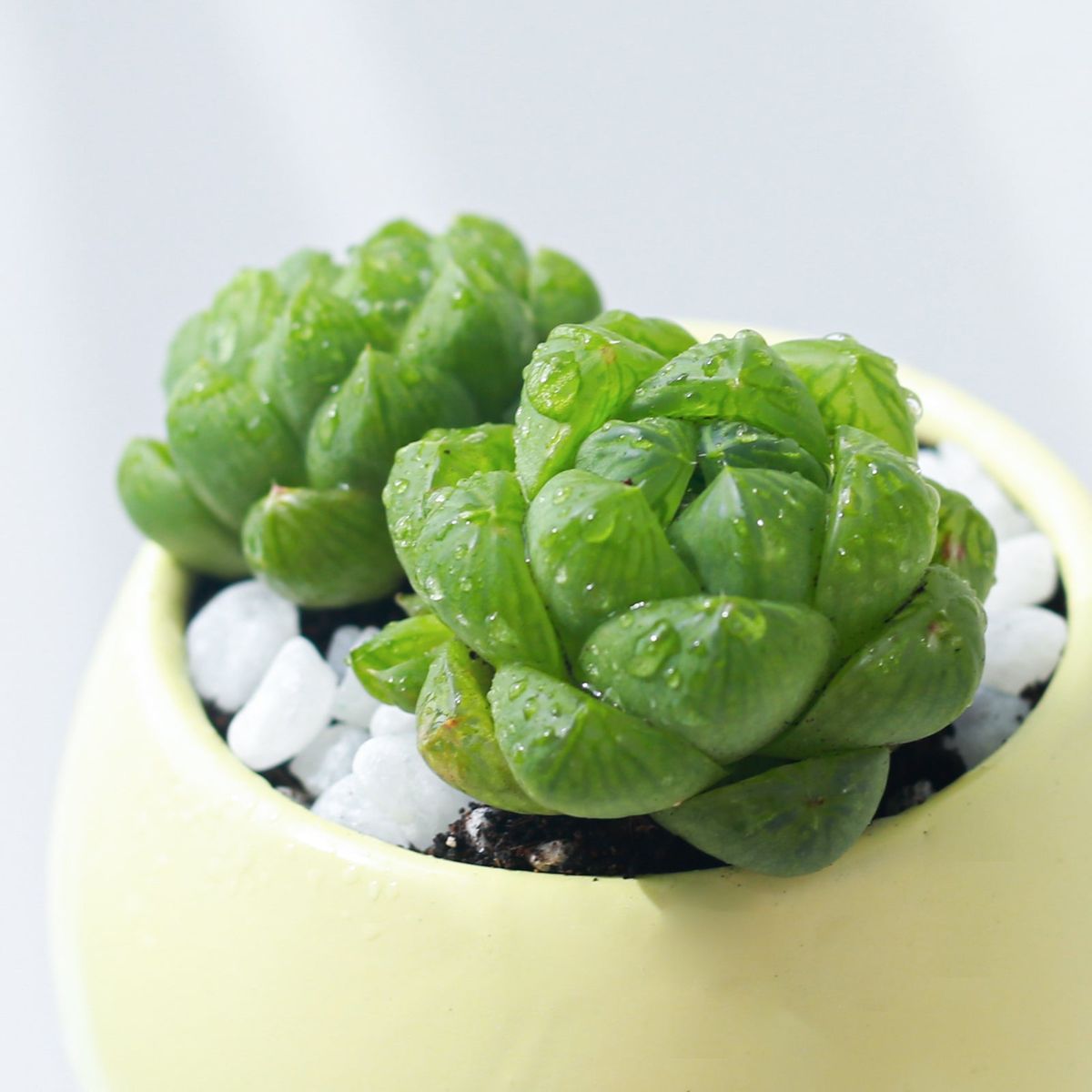
Add a title to introduce your product's features
About Haworthia Cymbiformis (Bare Rooted)
Provide details in each of the collapsible rows to give your customers the information they need to pick the best product.
Change the title and icon of each row to suit your brand.

